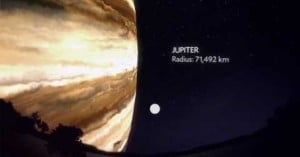
What Night Sky Photos Would Look Like if Other Planets Replaced the Moon
What would photographs of the night sky look like if other planets in our solar system replaced the Moon? …

What would photographs of the night sky look like if other planets in our solar system replaced the Moon? …
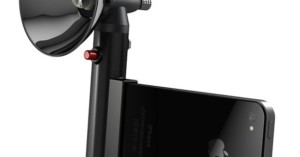
How's this for a strange camera accessory: the Paparazzo Light is a lighting attachment for iPhones that mimics the look of vintage press camera flashes (yes, the kind the original Lightsaber was made from). The light comes from a 300 Lumen LED that's powered by two dedicated CR 123 batteries, and three modes offer different brightness settings for photos and videos.
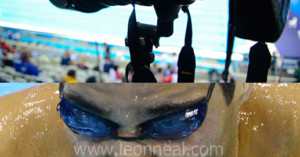
Nikon’s massive 800mm f/5.6 super-telephoto lens hasn’t been launched yet, but English press photographer …
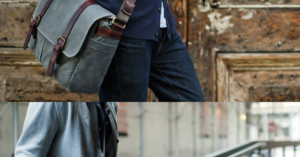
We just gave away a Tamron lens, but now we're back again with another awesome giveaway. This week we're giving away two beautiful camera bags by ONA that'll let you carry your cameras in style. One lucky winner will win both a Brixton camera + laptop messenger bag worth $269 and a Bowery camera bag worth $119 -- a total value of $388.
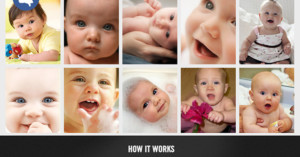
New parents love sharing photos of their babies with the world, but that doesn’t mean the world always appreciates …

Photographs of of Syria these days are filled with grim sights of pain and suffering. One Austrian newspaper apparently …

The next time you fly, be sure not to forget your camera on the plane — your camera might …
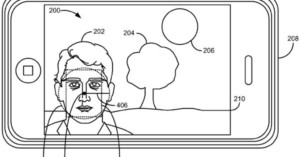
Face detection has become the snapshot photographer's invaluable assistant in ensuring tack-sharp faces, but soon it'll be able to add two more job responsibilities to its resume: exposure metering and speedier autofocus. Two patents recently awarded to Apple show that future iOS cameras (perhaps the next iPhone?) will have standard camera features that rely much more on face detection technology. The first patent, titled "Dynamic exposure metering based on face detection", allows the camera to automatically select faces as the primary target for metering. In more difficult situations -- group shots or people standing in front of a crowd, for example -- the camera will use factors such as "head proximity" to select the primary subject.
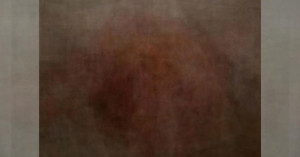
Photography enthusiast Sterling Parker created this abstract image by averaging all the photographs …
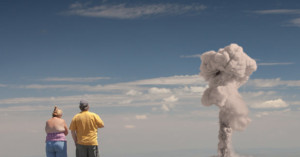
Atomic Overlook is a startling series of images by photographer Clay Lipsky that shows tourists enjoying the beauty of mushroom clouds at atomic bomb tests. Lipsky writes,
Imagine if the advent of the atomic era occurred during today's information age. Tourists would gather to view bomb tests, at the "safe" distances used in the 1950's, and share the resulting cell phone photos online.
Lipsky created the images by combining photos taken during his travels over the last 8 years with photographs of nuclear bomb blasts.